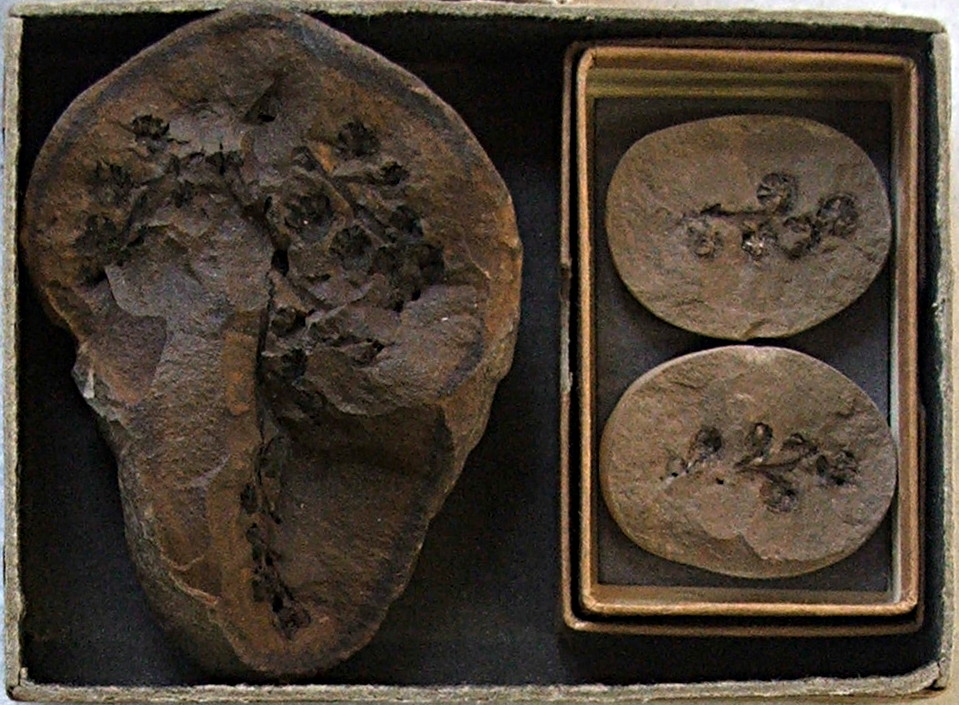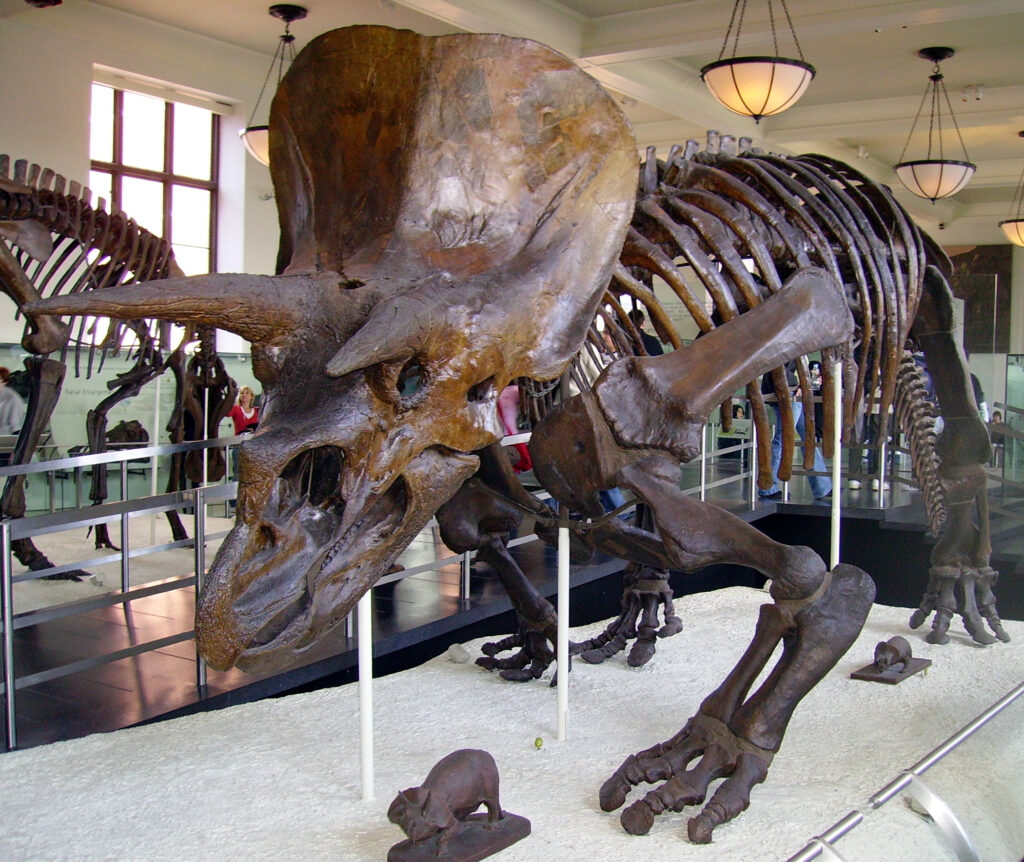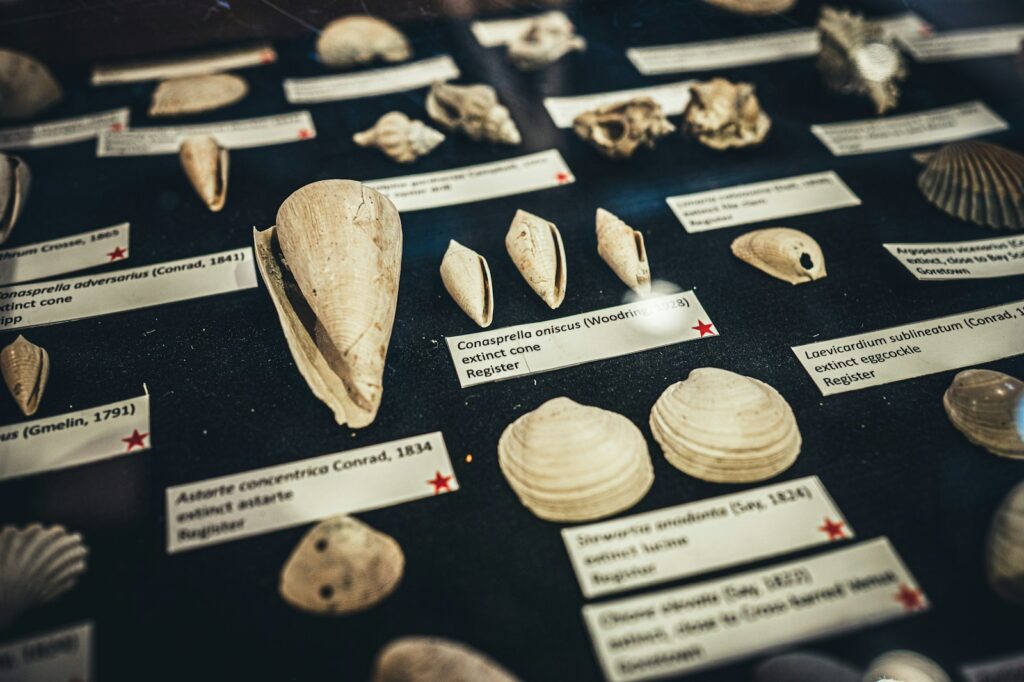Hidden within the Gothic Revival architecture of Cambridge University lies a treasure trove that has quietly revolutionized our understanding of life on Earth. The Sedgwick Museum of Earth Sciences stands as one of the world’s oldest geological museums, housing over two million specimens that span 4.5 billion years of Earth’s history. This isn’t just another dusty collection of rocks and bones – it’s a living laboratory where groundbreaking discoveries continue to reshape paleontology and geology. From the moment you step through its doors, you’re walking among scientific legends and world-changing fossils that have rewritten textbooks and challenged everything we thought we knew about prehistoric life.
The Birth of Modern Paleontology
The Sedgwick Museum didn’t just witness the birth of modern paleontology – it helped deliver it. Founded in 1728 as part of the Woodwardian Collection, this institution became the training ground for some of history’s most influential geologists. Think of it as the Harvard of rocks, where brilliant minds gathered to decode Earth’s ancient secrets. The museum’s early years coincided with the great age of geological discovery, when scientists were just beginning to understand that fossils weren’t just pretty stones but actual evidence of vanished worlds. These pioneering researchers laid the groundwork for everything we know today about evolution, extinction, and the deep history of life itself.
Adam Sedgwick’s Revolutionary Legacy
Adam Sedgwick, the museum’s namesake, was more than just another Victorian gentleman with a passion for rocks. He essentially invented the Cambrian period, one of the most crucial chapters in Earth’s story. Imagine being the first person to realize that certain rock layers contained the earliest complex life forms – that’s exactly what Sedgwick accomplished in the mountains of Wales. His meticulous fieldwork and fossil collecting transformed our understanding of when life first exploded into complexity. The museum houses many of his original specimens, including the very fossils that helped define the Cambrian period. Without Sedgwick’s work, we might still be fumbling in the dark about life’s earliest evolutionary experiments.
The Burgess Shale Connection
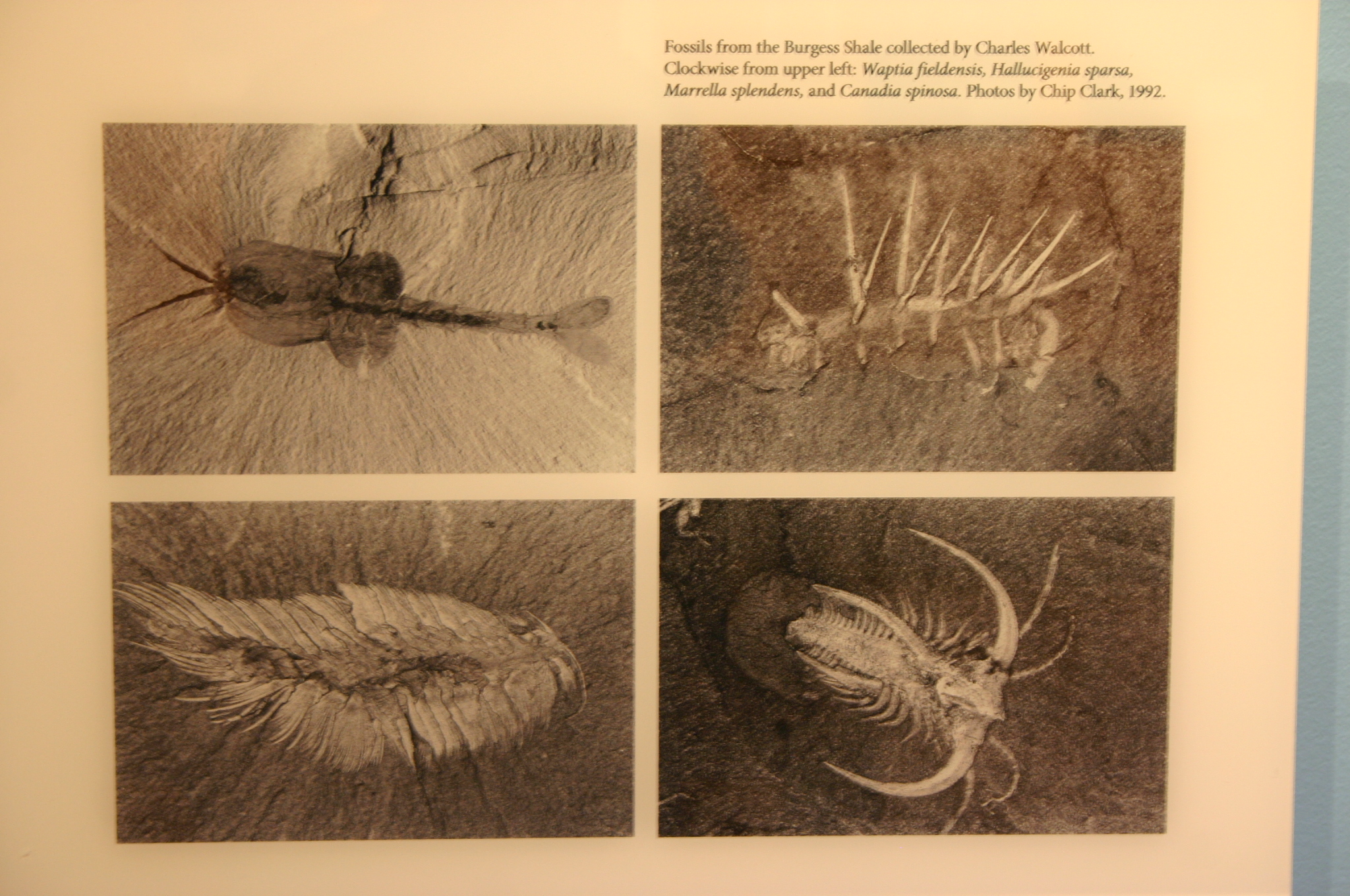
While the famous Burgess Shale fossils were discovered in Canada, the Sedgwick Museum houses some of the most important early specimens that helped unlock their secrets. These bizarre creatures from 508 million years ago look like something from an alien planet – and in many ways, they were. The museum’s collection includes some of the first Burgess Shale fossils ever studied, specimens that revealed the incredible diversity of early animal life. These fossils showed scientists that evolution wasn’t a simple ladder of progress but a wild explosion of experimental body plans. Many of these ancient creatures had no modern relatives, representing entire branches of the tree of life that simply vanished without a trace.
Darwin’s Geological Mentor
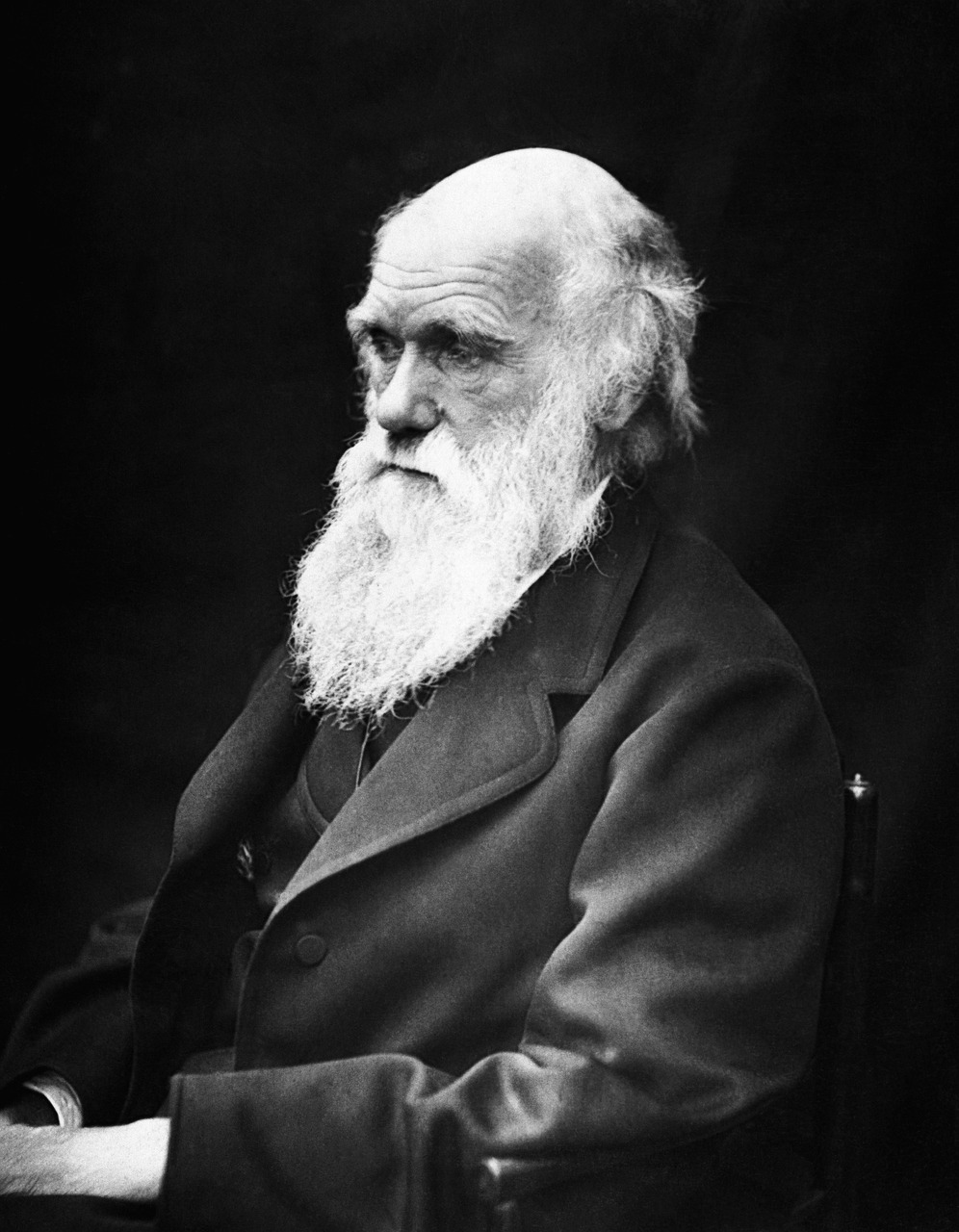
Charles Darwin himself walked these halls as a student, and the museum’s influence on his thinking cannot be overstated. Adam Sedgwick personally taught Darwin geology, taking him on field trips that would shape the future naturalist’s understanding of Earth’s history. The museum’s fossil collections provided Darwin with crucial evidence for his theory of evolution, showing him the reality of extinction and the succession of life forms through geological time. You can almost imagine young Darwin examining these very specimens, his mind racing with questions about how life changed over millions of years. The museum essentially served as Darwin’s first laboratory, where he learned to read the story written in stone.
The World’s First Dinosaur Discoveries
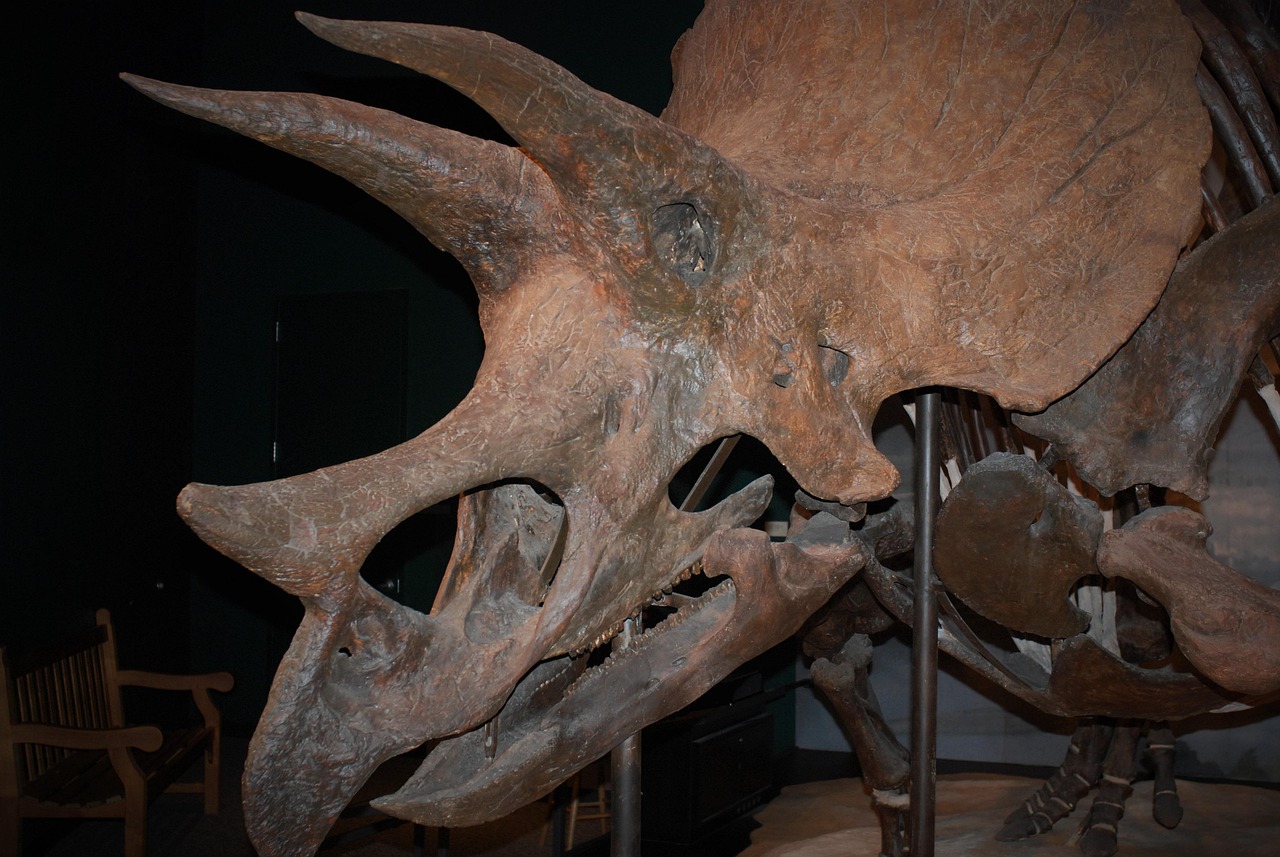
Long before dinosaurs became household names, the Sedgwick Museum was already housing some of the world’s first dinosaur fossils. The museum’s collection includes specimens that helped define what we now call the Mesozoic Era, the age of reptiles. These early discoveries were revolutionary because they revealed that gigantic reptiles once dominated the planet, something that seemed almost impossible to Victorian minds. The museum’s dinosaur fossils helped establish the basic timeline of when these creatures lived and died, laying the foundation for our modern understanding of dinosaur evolution. Some of these fossils were so perfectly preserved that they still amaze scientists today with their incredible detail.
Pioneering Micropaleontology
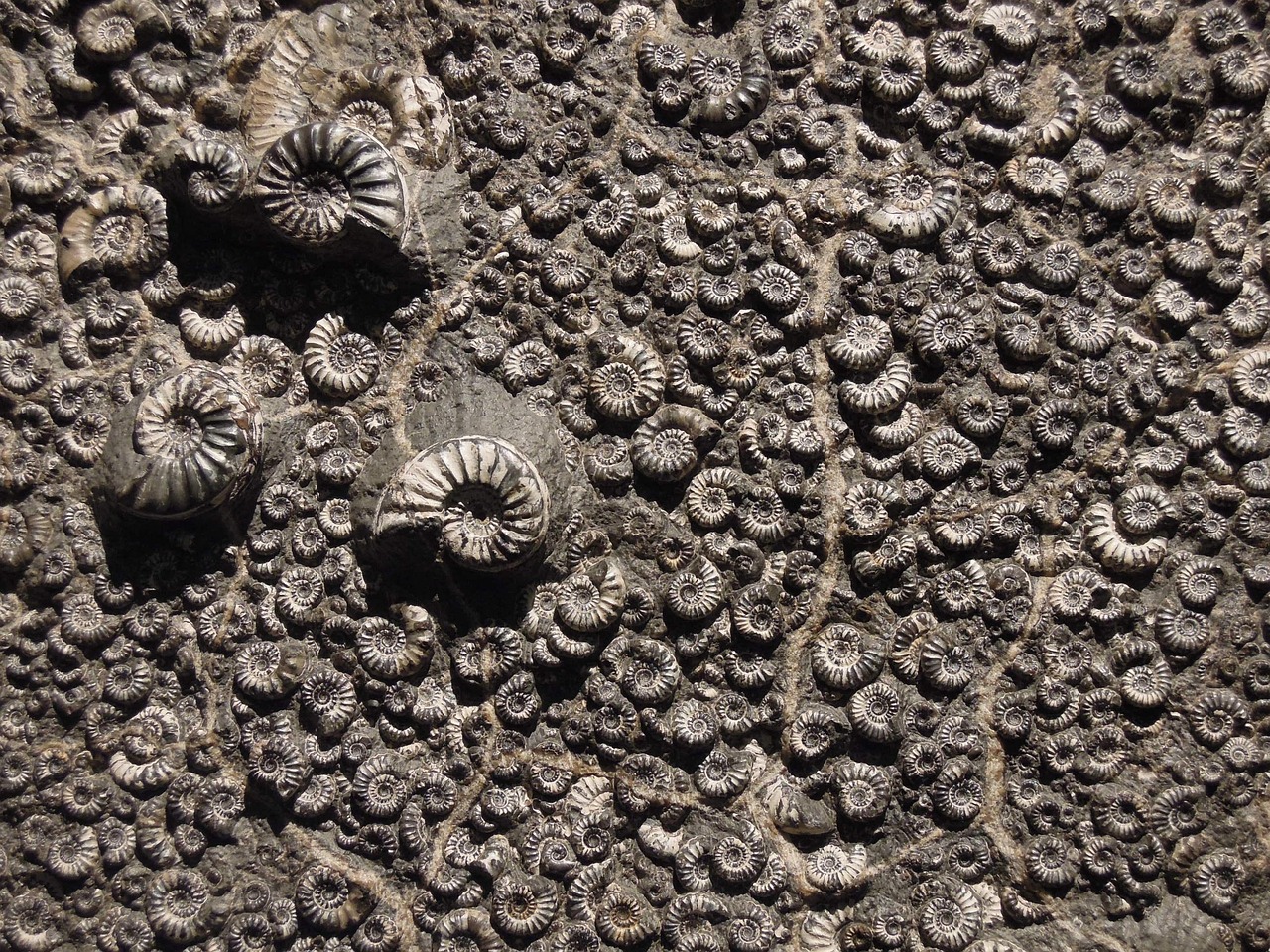
While most people think of fossils as giant bones and shells, the Sedgwick Museum has been at the forefront of studying life’s tiniest ancient inhabitants. Micropaleontology, the study of microscopic fossils, might sound boring, but it’s actually one of the most exciting fields in paleontology. These tiny fossils, often invisible to the naked eye, are like nature’s time capsules, preserving incredible details about ancient environments and climates. The museum’s micropaleontology collection has contributed to major discoveries about mass extinctions, climate change, and the evolution of life’s most fundamental processes. These microscopic specimens have helped scientists understand everything from ancient ocean chemistry to the causes of the greatest disasters in Earth’s history.
The Great Extinction Events
The Sedgwick Museum houses some of the most important evidence for the mass extinction events that periodically wiped out life on Earth. These aren’t just academic curiosities – they’re warnings from the deep past about what can happen when planetary systems go haywire. The museum’s collection includes fossils from the boundaries between geological periods, showing the dramatic changes in life forms that occurred during these catastrophic events. Think of these specimens as crime scene evidence from the greatest mysteries in Earth’s history. Scientists studying these fossils have uncovered the causes of ancient disasters, from asteroid impacts to massive volcanic eruptions, helping us understand the fragility and resilience of life itself.
Revolutionary Dating Techniques
The Sedgwick Museum has been at the cutting edge of developing new ways to determine the age of fossils and rocks. Before modern dating techniques, scientists could only guess at the age of their specimens based on their position in rock layers. The museum’s researchers have pioneered methods that can pinpoint the age of fossils with incredible precision, sometimes to within thousands of years. These techniques have revolutionized our understanding of evolutionary timelines, showing that some changes happened much faster than previously thought while others took millions of years longer. The museum’s dating work has helped solve mysteries about when life first appeared on Earth and how quickly it evolved into the diversity we see today.
The Ediacaran Enigma
Some of the most mysterious fossils in the Sedgwick Museum come from the Ediacaran period, a time when Earth was populated by strange, soft-bodied creatures unlike anything alive today. These fossils look more like abstract art than living creatures, with bizarre shapes and structures that have puzzled scientists for decades. The museum’s Ediacaran collection includes some of the best-preserved examples of these enigmatic organisms, fossils that challenge our understanding of what early life looked like. These specimens have sparked heated debates about whether these creatures were animals, plants, or something else entirely. They represent one of the greatest unsolved mysteries in paleontology, and the Sedgwick Museum continues to be at the center of efforts to decode their secrets.
Breakthrough Preservation Techniques

The Sedgwick Museum hasn’t just collected fossils – it’s also pioneered new ways to preserve them for future generations. The museum’s conservation techniques have become the gold standard for fossil preservation, ensuring that these irreplaceable specimens will survive for centuries to come. Think of the museum’s conservators as time travel mechanics, using cutting-edge chemistry and physics to repair the damage of millions of years. Their work has saved countless fossils from decay and destruction, allowing scientists to continue studying them with ever-improving technology. The museum’s preservation methods have been adopted by institutions worldwide, helping protect the planet’s paleontological heritage.
Modern Molecular Paleontology
In recent years, the Sedgwick Museum has embraced the revolutionary field of molecular paleontology, where scientists extract ancient DNA and proteins from fossils. This might sound like science fiction, but it’s very real and incredibly exciting. The museum’s researchers have been able to recover genetic material from fossils that are hundreds of thousands of years old, providing unprecedented insights into ancient life. These molecular studies have revealed surprising relationships between extinct and living species, sometimes overturning decades of accepted scientific wisdom. The museum is now at the forefront of this new frontier, where paleontology meets genetics to unlock secrets that traditional fossil study alone could never reveal.
The Climate Change Chronicles

The Sedgwick Museum’s fossil collection serves as a massive library of ancient climate data, documenting how Earth’s climate has changed over millions of years. These fossils are far more than just old bones and shells – they’re detailed records of ancient temperatures, sea levels, and atmospheric conditions. Scientists studying the museum’s specimens have uncovered evidence of ice ages, greenhouse periods, and rapid climate shifts that make modern climate change look gradual by comparison. The museum’s climate research has revealed that Earth’s climate system is far more dynamic and unstable than previously thought. These discoveries have profound implications for understanding current climate change and predicting future environmental conditions.
Technological Innovations in Fossil Study
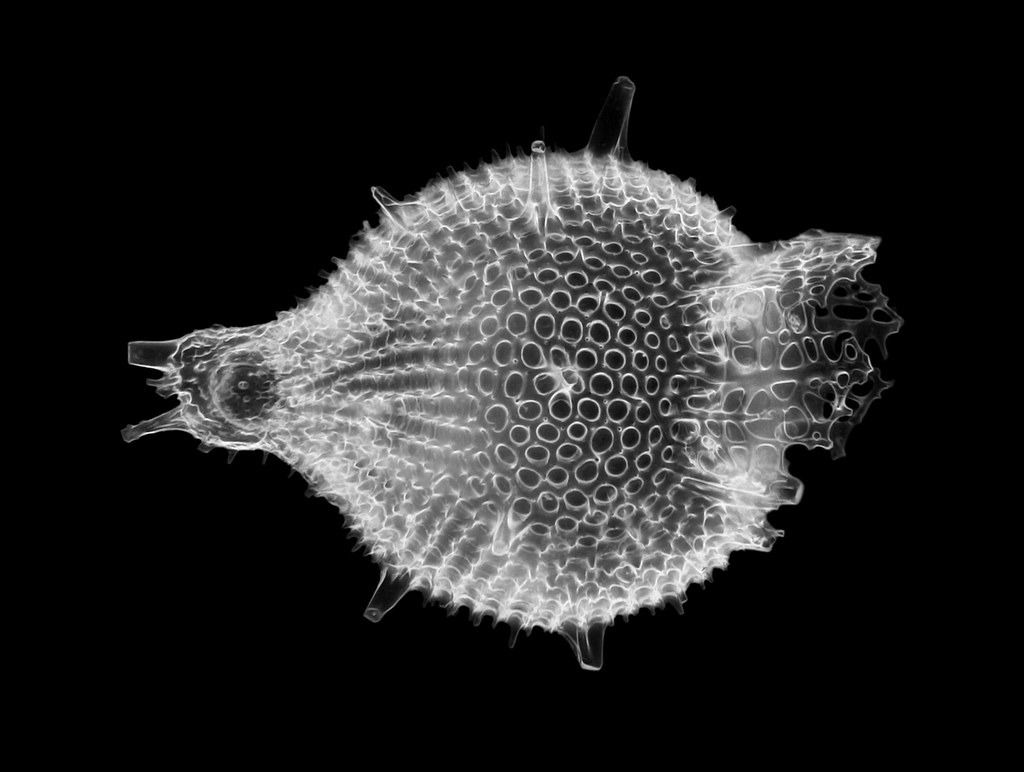
The Sedgwick Museum has always been at the forefront of using new technology to study fossils, from the earliest microscopes to the latest CT scanners and 3D imaging systems. These technological advances have revealed details in fossils that were completely invisible to earlier generations of scientists. The museum’s researchers can now see inside fossils without damaging them, revealing internal structures and hidden features that tell completely new stories about ancient life. Modern imaging techniques have shown that many fossils contain far more information than anyone realized, turning seemingly simple specimens into complex puzzles waiting to be solved. The museum continues to invest in cutting-edge technology, ensuring that its collections will yield new discoveries for generations to come.
Educational Impact and Public Engagement
The Sedgwick Museum has educated thousands of students and researchers who have gone on to make their own groundbreaking discoveries around the world. The museum’s educational programs have inspired countless young scientists to pursue careers in paleontology and geology, creating a ripple effect of discovery that extends far beyond Cambridge. Many of the world’s leading paleontologists can trace their inspiration back to visits to the Sedgwick Museum during their formative years. The museum’s public outreach programs have also helped millions of people understand the importance of Earth’s deep history and the lessons it holds for our future. Through exhibitions, lectures, and publications, the museum continues to share the wonder and importance of paleontological discovery with audiences around the globe.
Future Frontiers and Ongoing Research
The Sedgwick Museum continues to be a hub of active research, with scientists making new discoveries almost daily. Current projects include studies of ancient ecosystems, the evolution of complex life, and the causes of mass extinctions. The museum’s researchers are also working on developing new techniques for fossil analysis and preservation, ensuring that future generations will have even better tools for understanding Earth’s history. With new fossil discoveries constantly being added to the collection, the museum remains as relevant and exciting today as it was two centuries ago. The museum’s commitment to cutting-edge research ensures that it will continue to be a leader in paleontological discovery for years to come.
The Sedgwick Museum of Earth Sciences stands as a testament to human curiosity and the power of scientific discovery. Its collections have fundamentally changed our understanding of life on Earth, from the earliest stirrings of complex organisms to the great disasters that have shaped evolutionary history. The museum’s influence extends far beyond its walls, inspiring generations of scientists and continuing to yield new insights into our planet’s remarkable past. As we face modern challenges like climate change and biodiversity loss, the lessons preserved in these ancient specimens become ever more relevant. What other secrets might these fossils still hold, waiting for the next generation of scientists to uncover?

